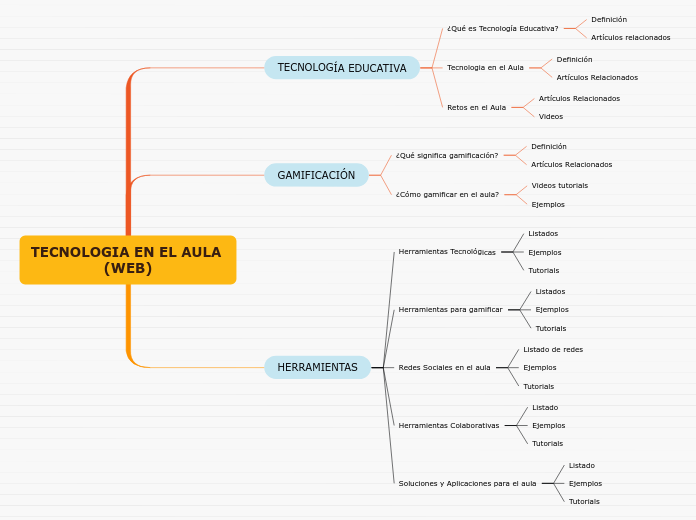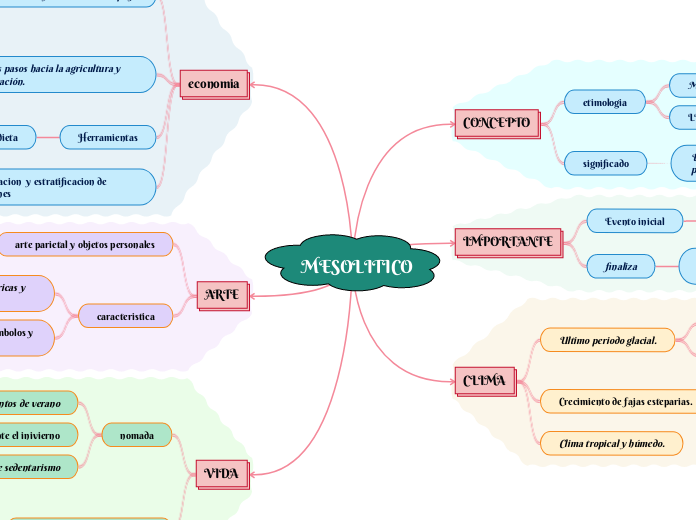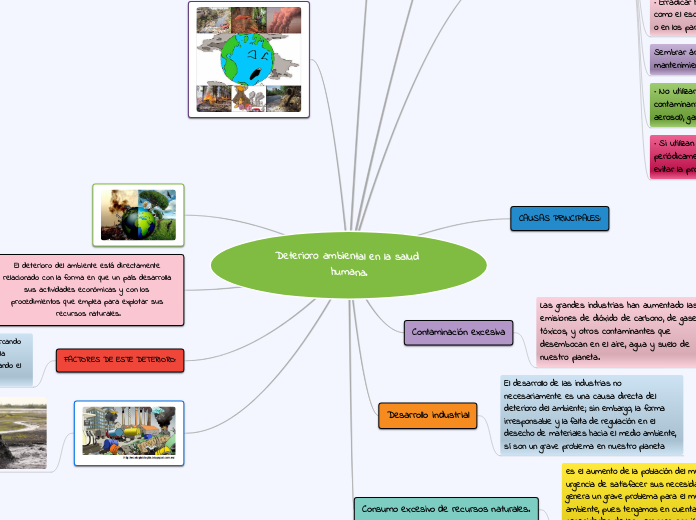TECNOLOGIA EN EL AULA (WEB)
To name your story, you have to think about the overall message and what you want your audience to understand from the story. Also, make it relevant and easy to remember.
HERRAMIENTAS
Soluciones y Aplicaciones para el aula
Herramientas Colaborativas
Listado
Redes Sociales en el aula
Listado de redes
Herramientas para gamificar
Herramientas Tecnológicas
Tutorials
Listados
GAMIFICACIÓN
The ending of a story is essential. We all know that if the ending is weak, what happened before loses its importance. So make it unpredictable, but fair. A resolved ending answers all the questions and ties up any loose threads from the plot.
¿Cómo gamificar en el aula?
This is the closure section of the story.
See examples of possible outcomes below:
- all problems have been solved
- it's clear how each one of your characters ends up
- your main character is transformed by the challenge
Ejemplos
Videos tutorials
Try answering these questions to come up with a closure:
- Have all the problems been solved?
- Is there a clear picture of what happens with each character in the story?
- Has the challenge transformed your main character?
- How do the characters feel in the end?
¿Qué significa gamificación?
This is the moment when the main character surpasses the last obstacle and finally faces their greatest challenge.
The climax usually follows one of these patterns:
- realization
- resolution
- choice
Type in your answer.
TECNOLOGÍA EDUCATIVA
The middle of the story is where you add layers of complications that will lead to the end. Reveal more about the character's journey. Did their personality go through changes? How did they overcome the challenges? And as you build up the story’s central conflict, make it more personal to that character. Also, from the middle act, you have to lead into the final act.
Retos en el Aula
Videos
Tecnologia en el Aula
Your character(s) need(s) motivation in order to solve the challenge(s).
Artículos Relacionados
Secondary characters might also have motives that lead them to cross paths with the main character or which might trigger them to help the main character.
Why does your character need to confront this challenge? What does he/she expect to accomplish by solving it?
See a few examples:
- will marry in 3 days
- can fix the mistakes of the past
¿Qué es Tecnología Educativa?
Each story has a main character and that character usually needs to solve a problem or challenge. The character's challenge is the one that creates tension throughout the story.
Artículos relacionados
Definición
Type in any other challenges which other characters in the story need to face.










